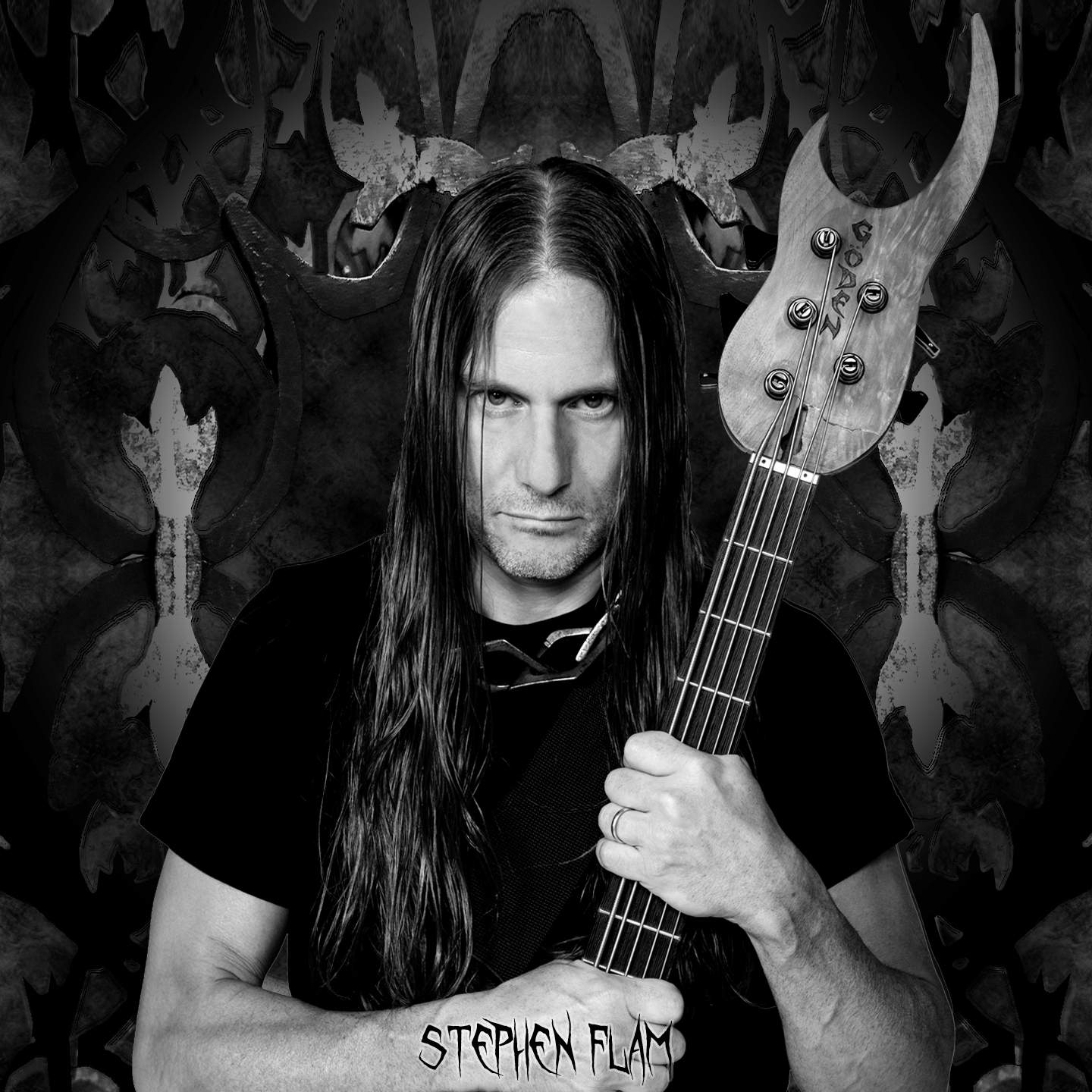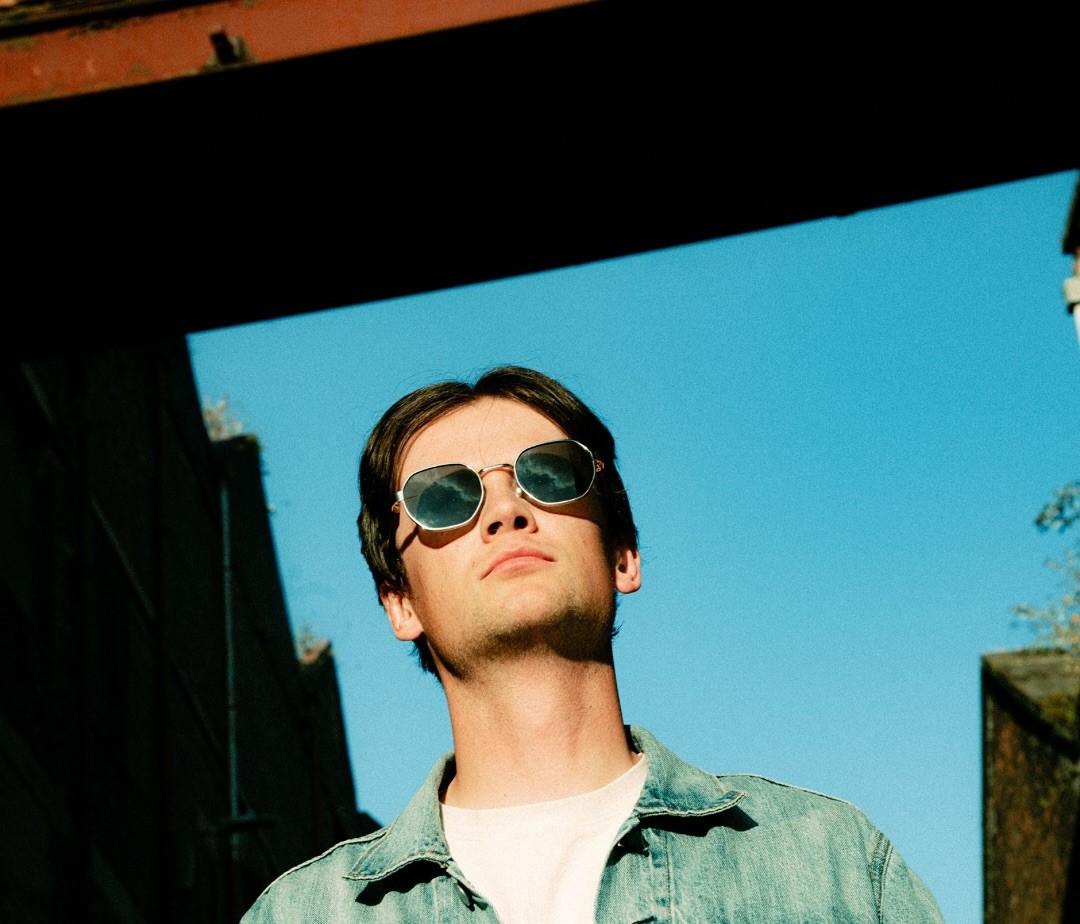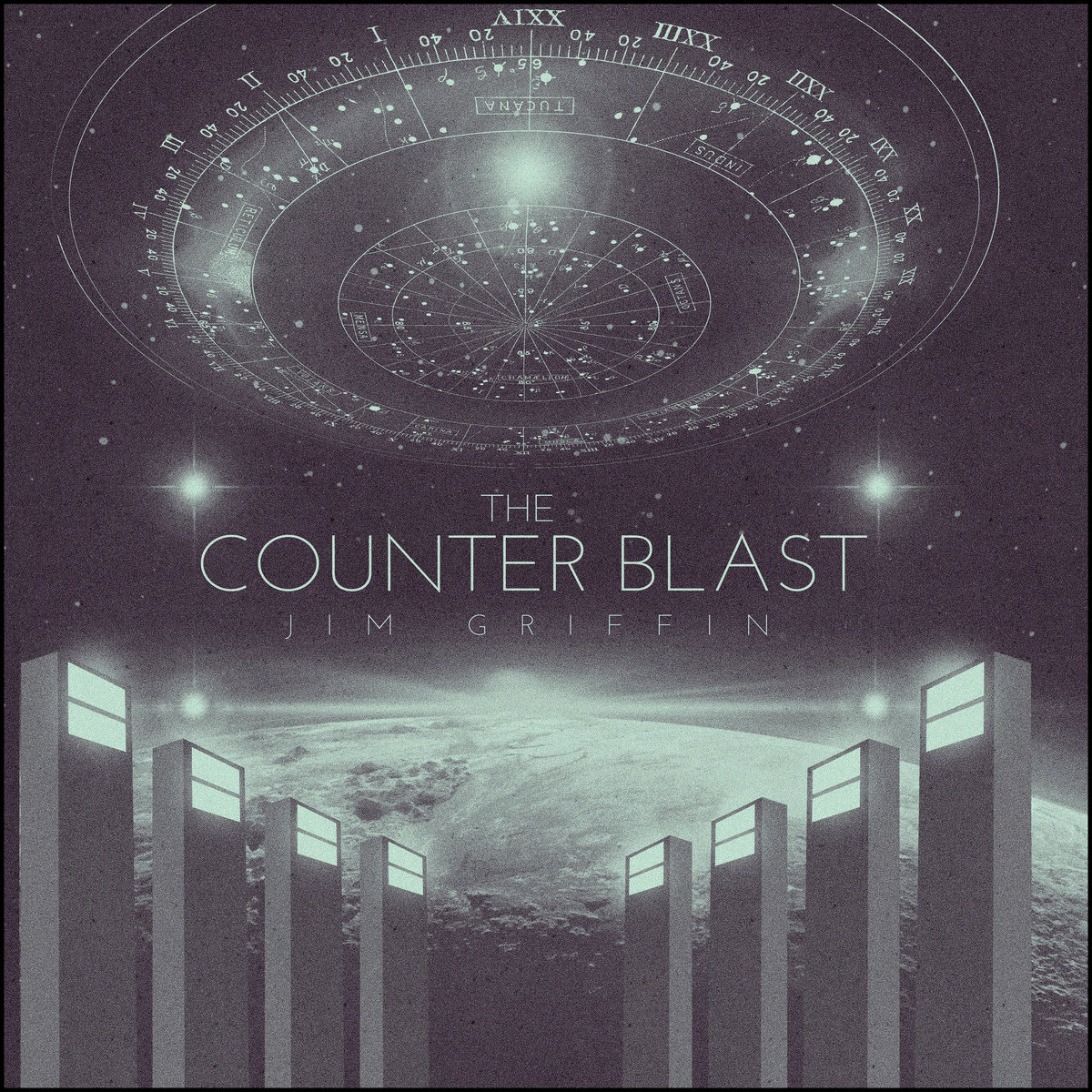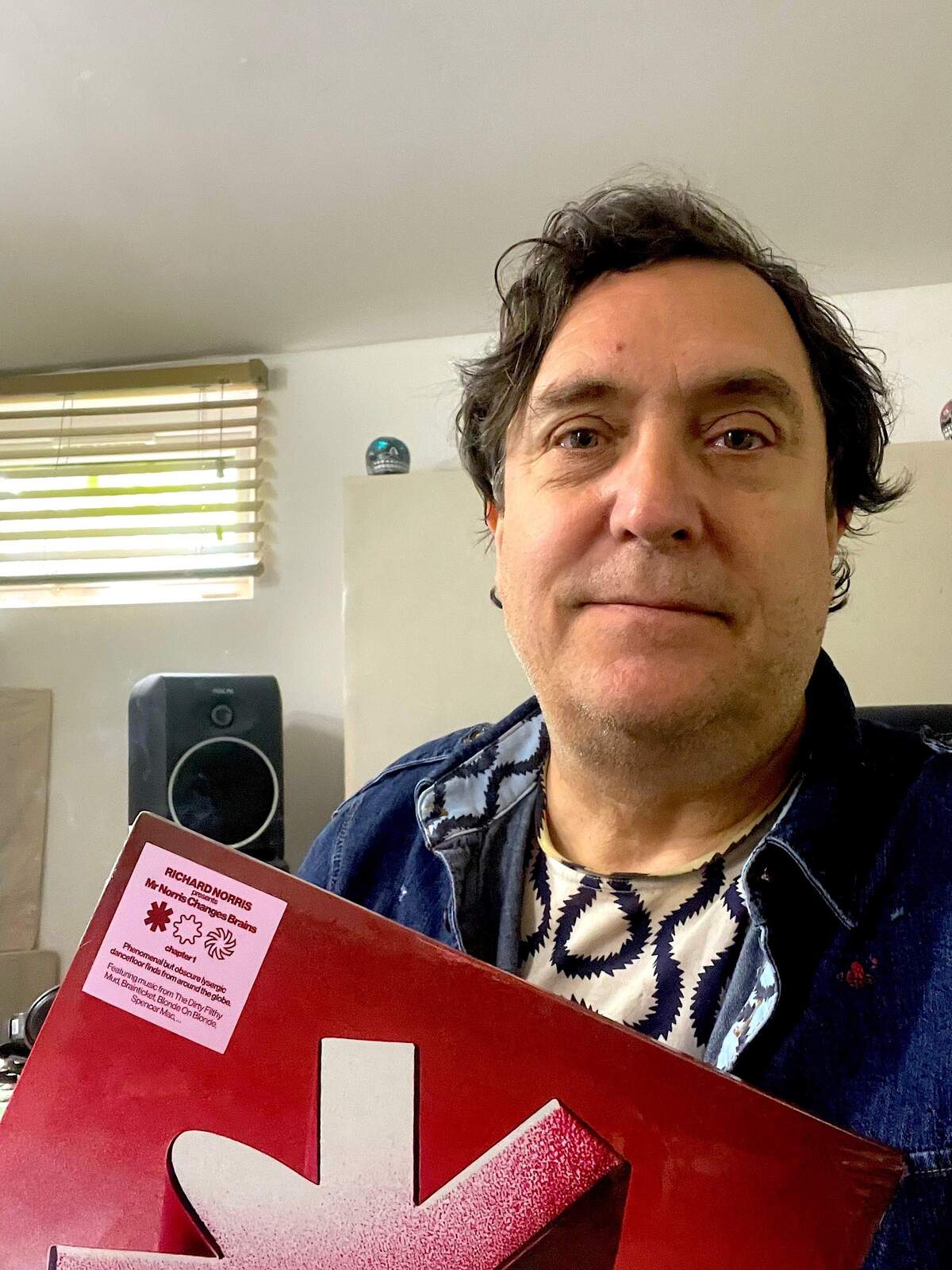Göden | Interview | New Album, ‘Vale of the Fallen’
Göden, the torchbearers of Winter’s Death Doom legacy, are making waves again with their latest album, ‘Vale of the Fallen,’ released by Svart Records.
Göden, the torchbearer of Winter’s Death Doom legacy, is making a powerful return with a brand-new album released in May 2024. Helmed by Stephen Flam, renowned for his work with the cult-favorite band Winter, Göden continues the tradition of delivering sludgy, doom-laden dirges that have captivated listeners for decades. Their debut, ‘Beyond Darkness,’ created a universe all its own, marked by its unique sonic identity. Fast forward four years, and Göden is ready to push boundaries again with their sophomore effort, ‘Vale of the Fallen.’ While ‘Beyond Darkness’ whisked listeners away on a cosmic journey, ‘Vale of the Fallen’ drags them back to a grim reality, akin to traversing a post-apocalyptic wasteland under the harshest conditions.
Stephen Flam’s bone-crushing riffs, combined with Vas Kallas’ biting vocals and Tony Pinnisi’s haunting keyboard melodies, forge an atmosphere of utter desolation, perfectly complemented by Jason Frantz’s thunderous drumming. Adding to this sonic maelstrom, Margaret Murphy’s violin cuts through the heaviness with eerie, spectral lines.
The atmosphere of the music is masterfully complemented by the artwork of renowned Slovenian visual artist, photographer, and writer Eva Petrič, who also created the artwork for Göden’s previous album.
“Göden represents the continuation of Winter from my vision”
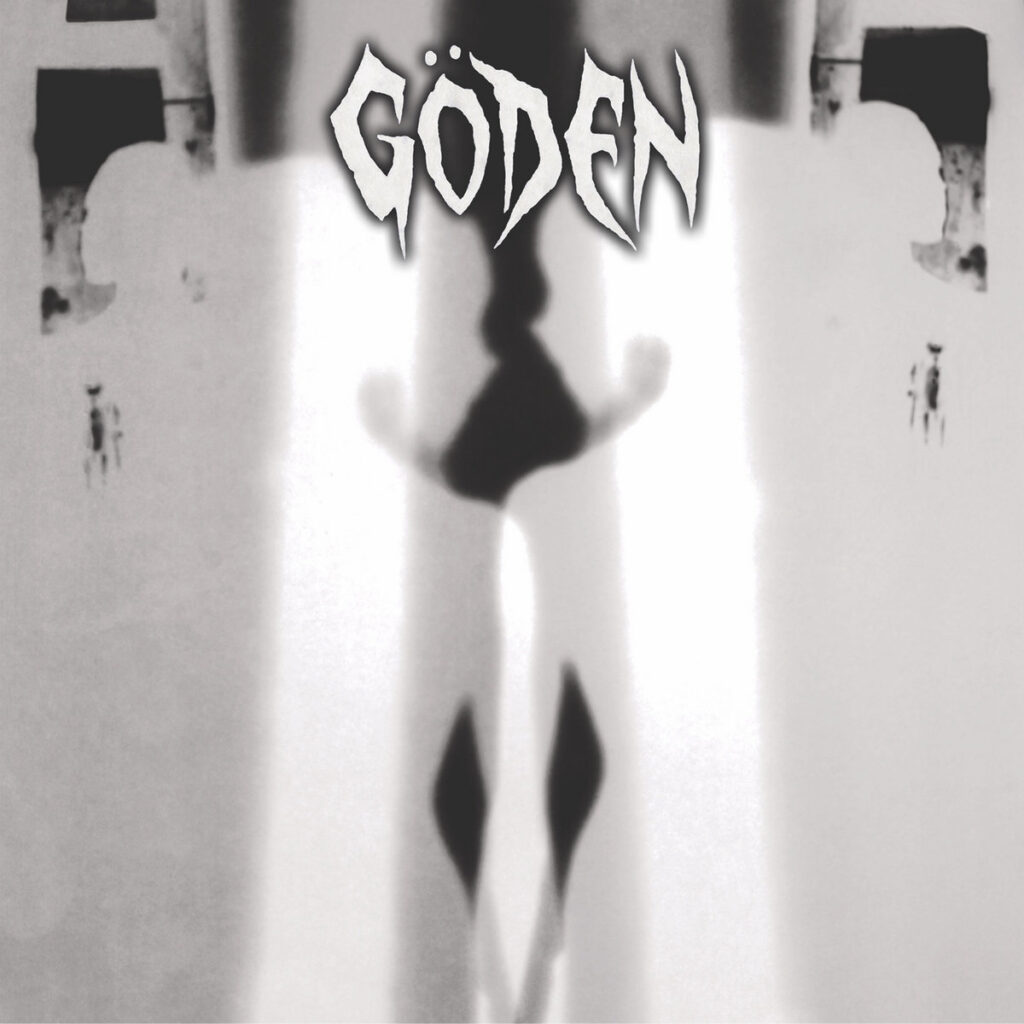
What distinguishes Göden’s latest album from its predecessor? How does ‘Vale of the Fallen’ build upon or diverge from the themes established in your debut?
Stephen Flam: I feel ‘Beyond Darkness’ achieved its goal in establishing a direction of sound and lyrical content for the project. ‘Vale of the Fallen’ builds on a similar formula with more focused and refined song structures.
Vas Kallas: I think the songs on ‘Vale of the Fallen’ have a little more structure, or I at least tried to bring in melody and different parts with my lyrics.
Can you share some further words about the main ideas, theme, and concept behind your latest album, ‘Vale of the Fallen?’
Vas: If you stand back and look at humanity right now, it looks like we’ve fallen into a valley. For the last four or more years, there has been a lot of darkness in the truth, a lot of hatred, humanity going absolutely mad, and a lot of people striving to find their tribe. I personally strive for hope and seek the higher realm of positivity always, but in the meantime, we find ourselves in the ‘Vale of the Fallen.’ The concepts of the songs are up to the individual’s interpretation.
Tony Pinnisi: I feel the ‘Manifestations’ provide a framework of sorts which seeks to give some insight into the concept of who or what Göden is (or can be)—an incorporeal being and overseer in an alternate existence to ours, possibly from a long-gone past or ultra-distant future and whose denizens experience similar vexations and victories to our own, thus positing a hypothesis that perhaps certain bonds will always prevail amongst any/all life within the known (and unknown) universe. (Final four to appear via www.goden.net website.)
In what ways does the new single ‘Urania’ showcase the evolution of Göden’s musical style and direction?
Stephen: ‘Urania’ was an interesting song to make because it came from something I did in 1990 on a Kurzweil K2000 and was an ambient track that came to life using the newer technology and an old technology that melded together in an unusual way. Once everyone started to add different ingredients, it was an unexpected mind excursion for me. It’s also very different from anything we have done before.
Vas: Well, I absolutely enjoyed creating the melody in the ‘Urania’ chorus. It made that song special and brought a nice vibe.
What was the recording and production process like, and could you share about the equipment used in the studio?
Stephen: This record was mostly recorded in each of our home studios due to Covid. Not being able to be in the same room and rehearse and record in a traditional way was challenging. Some of the newer recording methods were worth exploring, and I prefer them in some ways, but I still missed being in the room hashing it out old school with the other members. Being able to explore on our own when creating new material was interesting. Chris Flam will always be involved in the recording process; he is an engineer and was very helpful with some of the newer, more technical methods we used to record and create new sounds this time around. I use Mesa Triple Recto 2ch, Rack Pods with Mesa 2:90, Marshall 2×15 and Mesa 4×12, various mics, software host is Digital Performer, Native Instruments, Roland V-Drums, Pearl MXL 90’s Maple kit (with triggers), 16ch snake that feeds to control rooms Focusrite Octo Pre Dynamic for drums and Scarlett 18/8 interface, Tannoy Reveal monitors/Crown D75/Mackie VLZ3.
Tony: The recording process was similar, albeit pared down this time to a more basic core of members, e.g., the use of one drummer, Jason Franz, rather than three as with ‘Beyond Darkness.’
Vas: All vocals were recorded in my house. All the songs on ‘Beyond Darkness’ were also recorded in my house except for ‘Cosmic Blood’ and ‘Komm Susser Tod’; those were recorded at Chris Flam’s studio. Very simple. I sat at my desk and recorded my vocals on my own with an RE 20 microphone straight into Studio One on my computer. I edited all the files to make them sound the best I could. But first, it took a couple of months or less to write and manifest the lyrics for each song according to what the sound of the music called for.
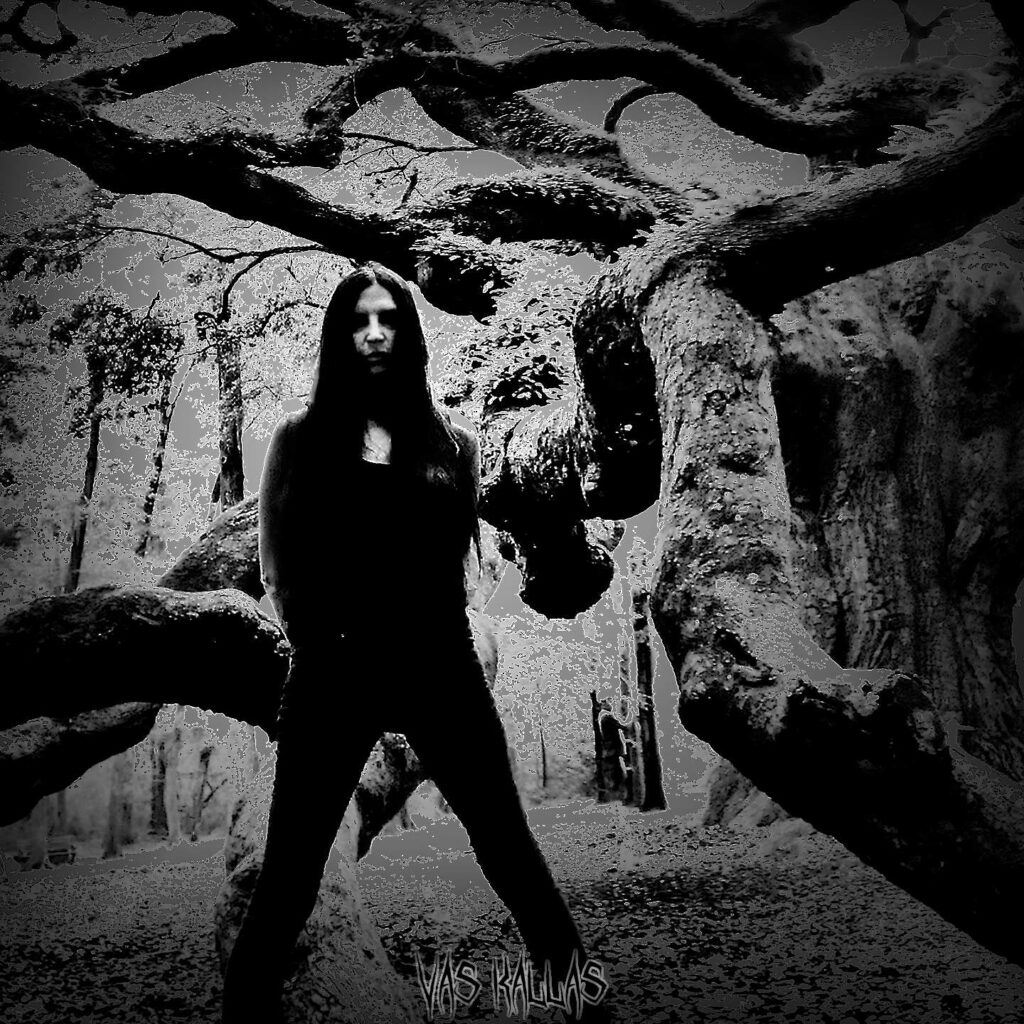
Göden’s lineup features a mix of traditional metal instruments and unconventional elements like Margaret Murphy’s violin. How do you balance these elements to create Göden’s unique sound, particularly in contrast to the heavier elements provided by your riffs and Tony Pinnisi’s keyboards?
Stephen: Margaret was on the first album. This time around, I wanted her to be more involved because she brings different textures to the music. ‘The Divine,’ which opens the album, is a beautiful piece of music that has some type of magic. I also made a conscious effort to use Margaret in sections where normally guitar solos or melodies would be and replaced them with violin, and I think that was a worthy decision. ‘Black Vortex’ is a great example of that. I always try to make music I want to hear, and with Göden, I let my mind go and use as many colors as possible to make gloomy, dark, ominous soundscapes for Vas, Tony, and Jason to explore.
Vas: Margaret is a super talented violinist who lives on a farm with horses. Not only did I get to listen to her just jam away on the songs like it was second nature, but I also got to ride a beautiful black horse around her property! It was amazing.
Tony: These brief excursions help maintain the continuity of the album and function as kind of sonic oases, offering some respite amidst the heaviness surrounding them. Margaret’s violin passages expand the palette of colors of my synthetic massed cello sections by blending actual strings with those simulated by the keyboards, and as her input is considered integral to the band’s current sound, her contributions are regarded as essential elements to the arrangements.
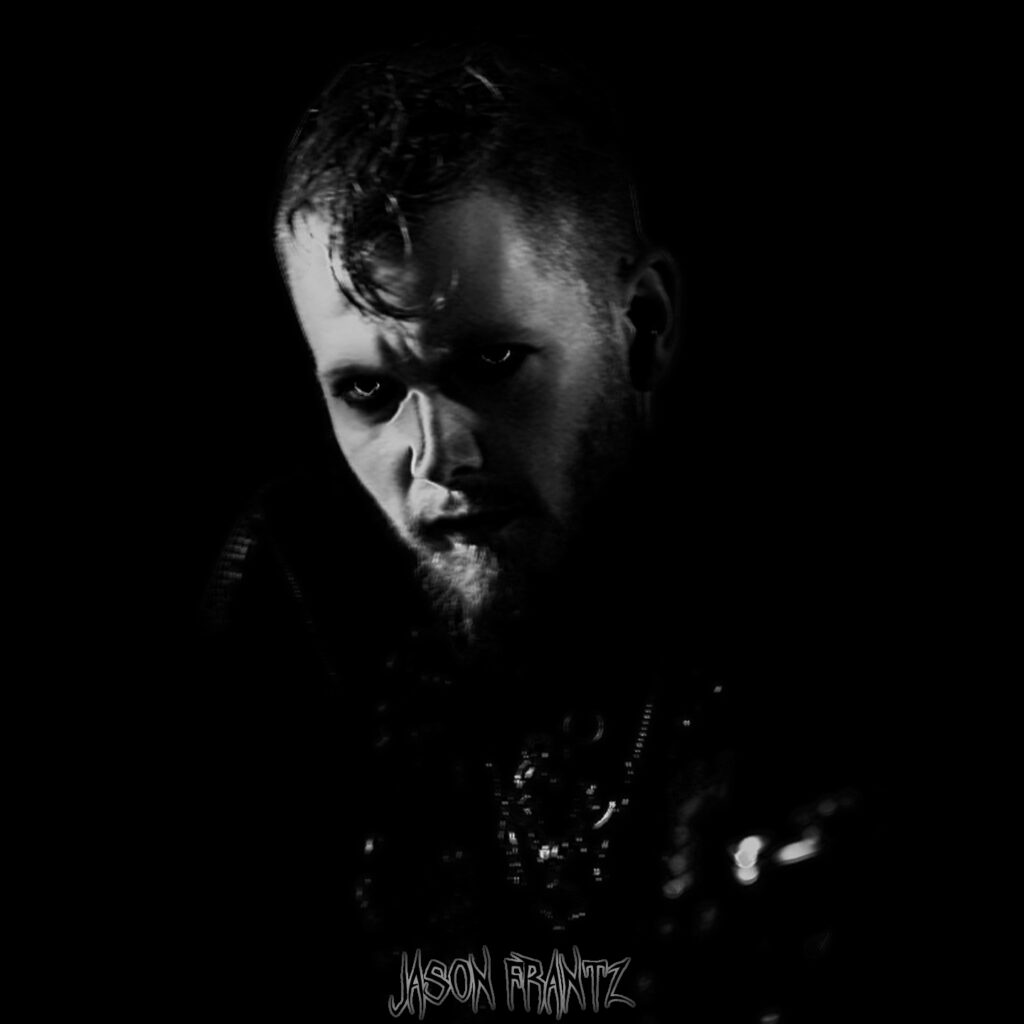
Can you discuss the role of these interludes in the overall storytelling of your albums?
Tony: I feel the ‘Manifestations’ provide a framework of sorts that seeks to give insight into the concept of who or what Göden is (or can be)—an incorporeal being and overseer in an alternate existence to ours, possibly from a long-gone past or ultra-distant future. Despite its likely alien nature, its denizens experience similar vexations and victories to our own, thus positing a hypothesis that perhaps certain bonds will always prevail amongst any/all life within the known (and unknown) universe.
‘The Divine’ is an extemporaneous improvisation created on the outside grounds of the Cathedral Church of Saint John the Divine in N.Y.C., (hence its title) during the making of the ‘Twilight’ video for the track of the same title from ‘Beyond Darkness’ sometime circa 2019. The piano was part of a then-interior/exterior exhibit by our artist Eva Petrič.
‘Rings of Saturn’ is an ambient keyboard creation of Stephen’s, which for me conjures images of what a simulated fly-by of the planet might evoke sonically.
‘Requiem’ is a keyboard sequence of mine extracted from an earlier unused Göden track and repurposed as a solo piece. Together, these brief excursions help maintain the continuity of the album and function as sonic oases, offering some respite amidst the heaviness surrounding them.
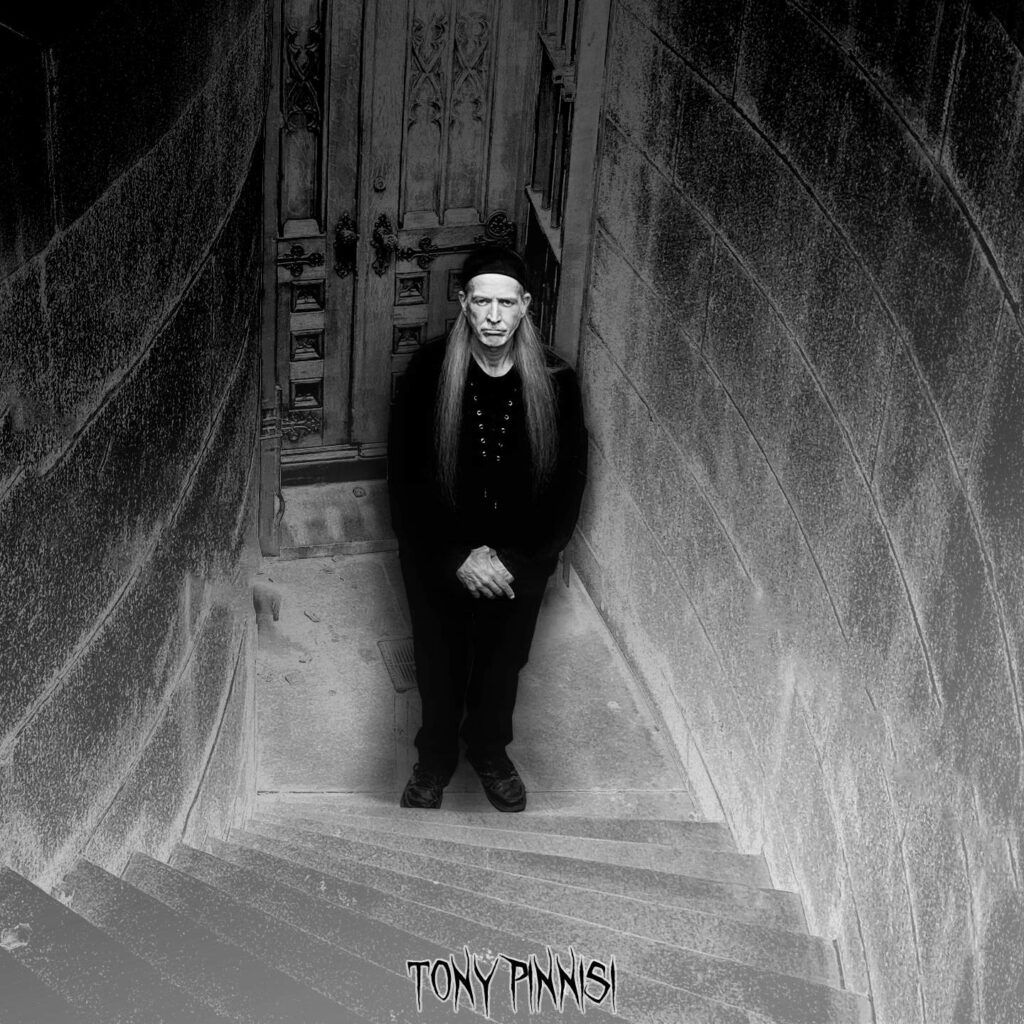
“…to establish a connection between the previous album and this one”
The vinyl is coming on clear album with Eva Petrič’s artwork. Would love it if Eva can discuss the vision of the artwork and how it connects with music inside the grooves?
Eva: It is a great honor and pleasure to continue working with Steph and Göden. For starters, I have to say that Stephen keeps his word and has a strong vision. I remember one of our early meetings, with Steph saying to me: “You will be the Göden H.R. Giger artist,” and here it shows that he has kept his word and also remained true to his vision of Göden being a Gesamtkunstwerk.
Both Steph and I wanted to establish a connection between the previous album and this one. There were already many existing connecting points in place, such as all the band members, the theme of destruction but also continuation of life, and the music genre.
At the same time, we also aimed for progression and divergence from the previous record, both musically and visually.
Since the previous record, a lot has happened in the world, which influenced my choice of images and their intonation. We chose to imply the “bright side of the moon” with these images, whereas the previous Göden record could be seen as taking a “dark side of the moon” approach. The previous record was very dark, and for this one, we wanted a slightly new direction—one with more lightness, breath, and hope. Hope for the continuation of life, evolution, and progress.
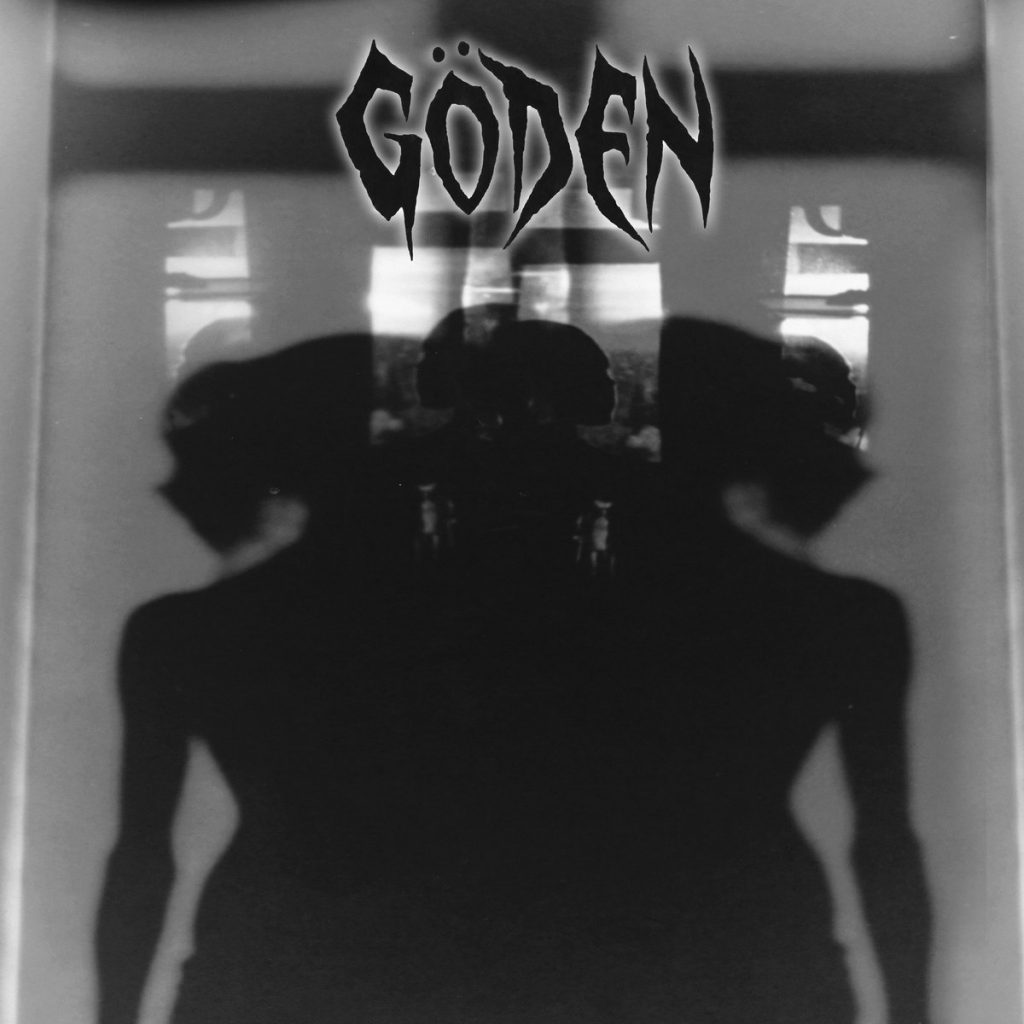
In today’s world, where we face heavy emotions and tones from everyday reality and human craziness, not knowing what will happen from one day to the next, we wanted this album to convey cohesiveness with the first album while also being independent and capable of standing alone. We wanted to show the shadow form not just as a vehicle for repression but also as a vehicle for expressing potential—for constant transformation. After all, the shadow is in constant movement, changing, appearing, and disappearing—full of potential!
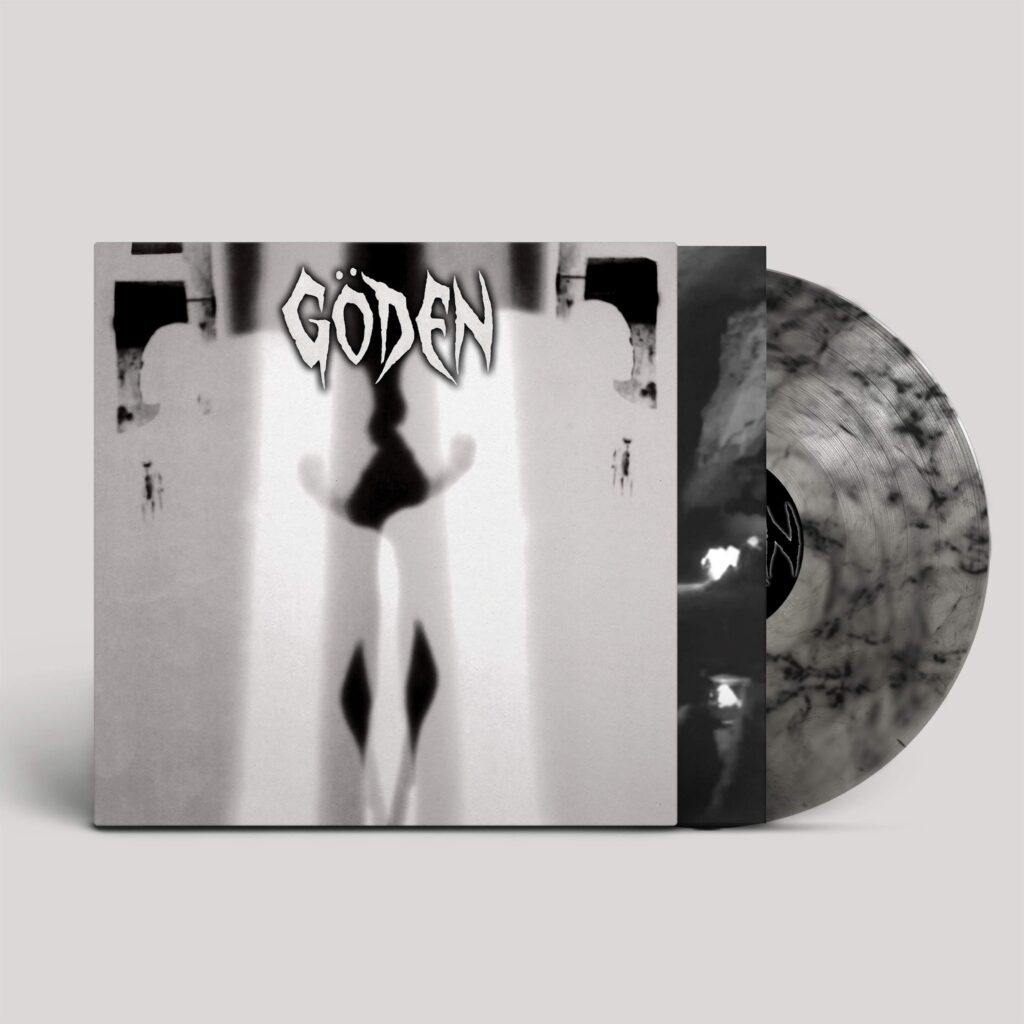
Göden is often described as the spiritual successor to Winter.
Stephen: Göden is in many ways the spiritual successor because we moved forward and continued without the other Winter members, who have since retired from music. Göden represents the continuation of Winter from my vision. In 2003, I completed a demo of new material intended as a follow-up to Winter ‘Into Darkness.’ Although Winter worked on these songs, life circumstances put them on hold until we played a few reunion shows like Roadburn, Maryland Death Fest, Power of the Riff East and West around 2011-2012. Tony Pinnisi, Winter’s keyboardist and a close friend, and I decided to create new music under the name Göden, inspired by one of my favorite Winter songs. The first Göden album ‘Beyond Darkness’ utilized a significant portion of the Winter demo material. The new Göden album ‘Vale of the Fallen’ features fresh material written during the pandemic. Göden has developed its own identity while maintaining the slow, doomy vibe of Winter. In terms of song structures and approach, there are strong similarities; however, Göden’s sound is more distilled and focused, with many layers, akin to the relationship between Celtic Frost and Tryptykon, or Winter and Göden.
Stephen: Winter Live in Brooklyn NY, released by Svart Records in April 2024, captures the essence of our band. The recording is occasionally muddy but remains authentic to our sound. In some ways, I prefer it to ‘Into Darkness’ because we have grown as musicians since 1989, and it was recorded in our hometown of Brooklyn, NY. I am grateful that Winter has become influential in recent years. It was a unique project that pushed boundaries, creating music that resonated with us. In 1988/1989, when most NYC groups were playing fast and hard, few seemed interested in what we were doing. The lack of interest was one reason we didn’t pursue anything further after its release. Additionally, Future Shock Records, which released it, went bankrupt, further hindering our progress from the start.
What can fans expect from Göden in the near future?
Stephen: I envision that core musicians like myself, Vas, Jason, Tony, and Margaret will perform live, focusing initially on a few festival shows in the EU. Since I play both guitar and bass, we’ll have someone who can fill in for either instrument, allowing us to vary our lineup. I have an equal passion for both guitar and bass. Thank you for the interview.
Klemen Breznikar
Headline photo: Stephen Flam
Göden Official Website / Facebook / Instagram / Bandcamp
Svart Records Official Website / Facebook / Instagram / Twitter / Bandcamp / YouTube
Winter and Göden: An Interview with Stephen Flam

